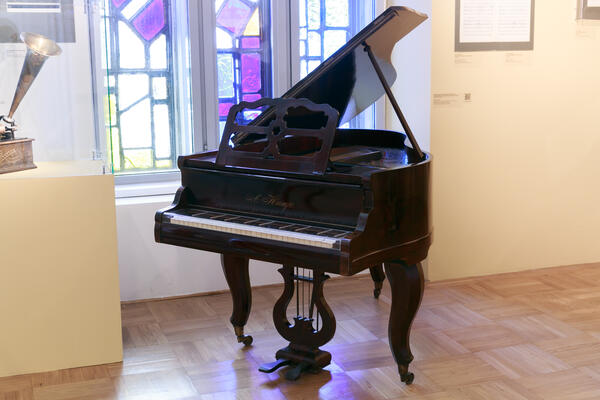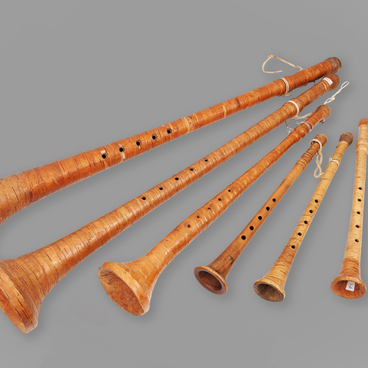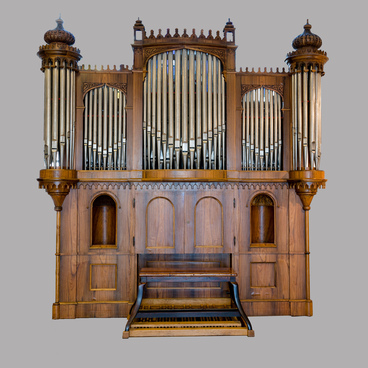The enharmonic piano from the museum’s collection was commissioned by Prince Vladimir Odoyevsky. Russian children get acquainted with his name when they read “Granddad Iriney’s Fairy Tales, ” a collection of stories that includes the famous tale “The Snuff-Box Town.”
Prince Odoyevsky was not only a writer but also a philosopher and a man of wide interests. He took an interest in chemistry, mathematics, astronomy, medicine, economics, and law. However, his main passion was music.
Odoyevsky was a composer, pianist, organist, and the founder of Russian classical musicology. In the late 1840s, he commissioned the workshop of Georg Mälzel to build an organ which was named the “Sebastianon” after Johann Sebastian Bach.
In 1864, Odoyevsky commissioned the Kampe workshop to make an enharmonic grand piano. This instrument had additional keys, making the interval between the keys a quartertone instead of a semitone.
In his notes, Vladimir Odoyevsky wrote,
Prince Odoyevsky was not only a writer but also a philosopher and a man of wide interests. He took an interest in chemistry, mathematics, astronomy, medicine, economics, and law. However, his main passion was music.
Odoyevsky was a composer, pianist, organist, and the founder of Russian classical musicology. In the late 1840s, he commissioned the workshop of Georg Mälzel to build an organ which was named the “Sebastianon” after Johann Sebastian Bach.
In 1864, Odoyevsky commissioned the Kampe workshop to make an enharmonic grand piano. This instrument had additional keys, making the interval between the keys a quartertone instead of a semitone.
In his notes, Vladimir Odoyevsky wrote,




